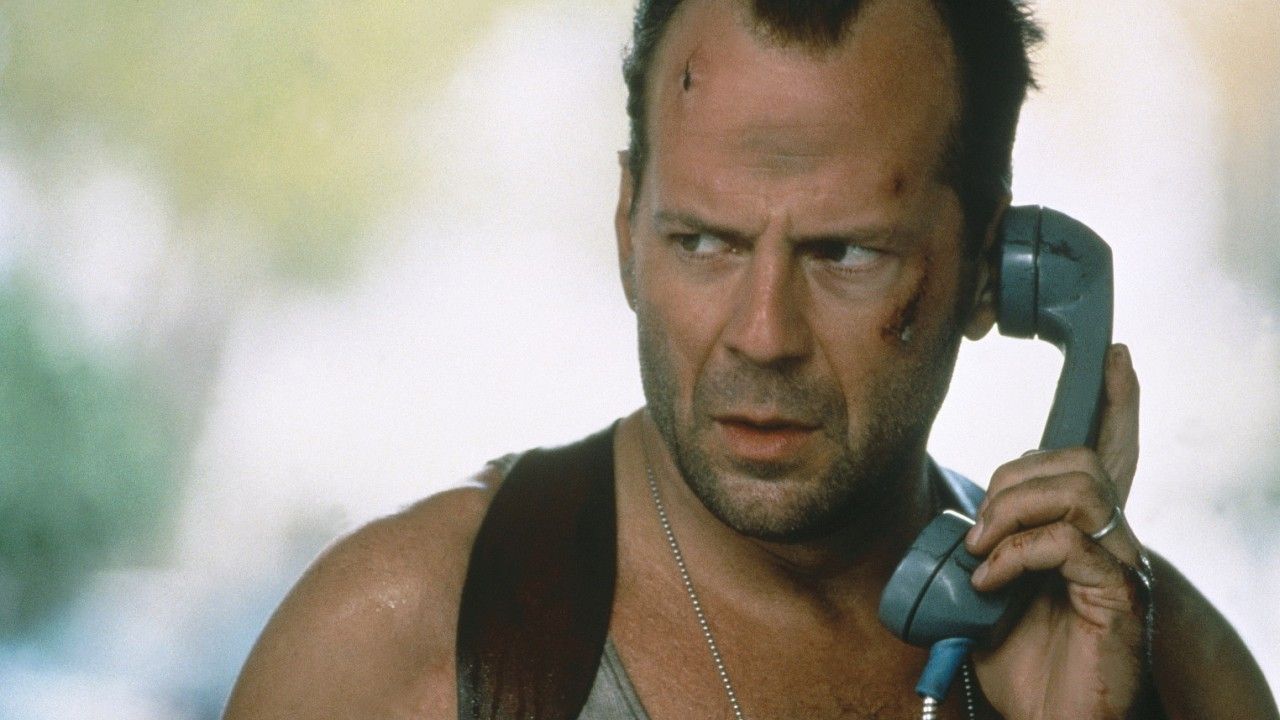
Ever wondered about the incredible journey of a true renaissance man in entertainment? That artist who effortlessly conquers every medium he touches, from dropping groundbreaking rhymes to stealing scenes on the big screen and advocating for social change? We’re talking about Lonnie Rashid Lynn, better known as Common, a name synonymous with artistry, integrity, and genuine impact.
It’s easy to see him now as an Academy Award, Grammy, and Emmy winner, gracing red carpets and delivering powerful speeches. But like any legend, Common’s path to stardom wasn’t a straight line. It was a winding road paved with relentless dedication, artistic evolution, and a profound commitment to using his voice for something bigger than himself. This is a story about a kid from Chicago who dreamed big and made those dreams a reality.
So, get ready to dive deep into the first half of Common’s fascinating life and career! We’ll peel back the layers to reveal some truly defining moments, from his early days as a budding rapper to the pivotal collaborations and artistic risks that forged him into the icon he is today. Prepare to be inspired, entertained, and maybe even a little surprised by the sheer breadth of his talent and journey. Let’s get into it!
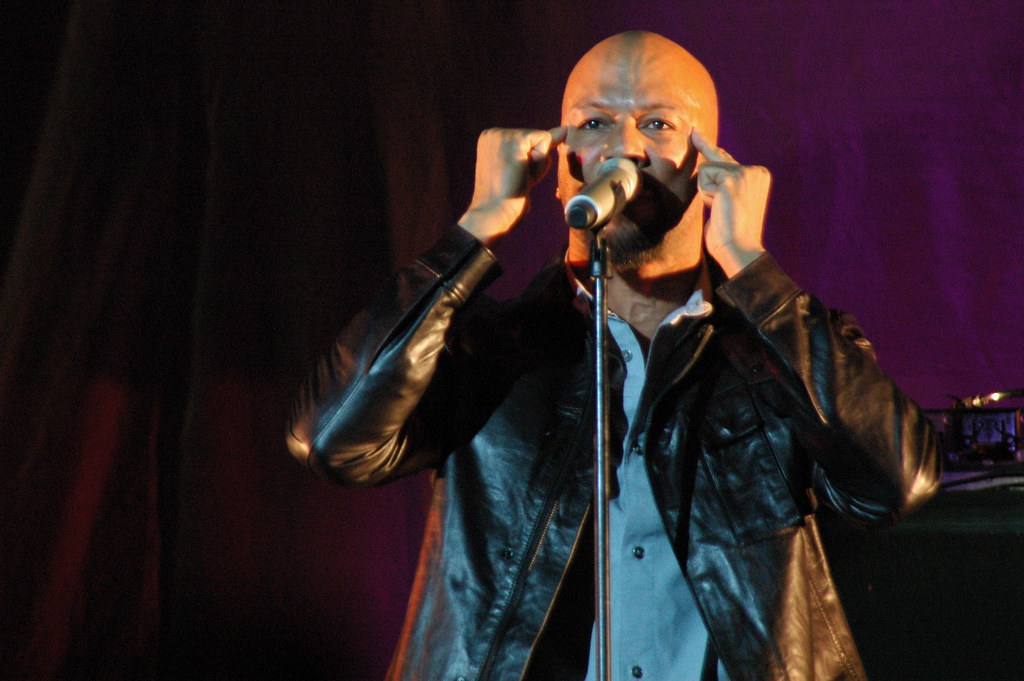
1. From Chicago Roots to College Dreams: The Foundation of a Legend
Before he was the Grammy-winning, Oscar-holding Common we know and love, Lonnie Rashid Lynn started his journey right in Chicago’s Hyde Park neighborhood, born on March 13, 1972, at the Chicago Osteopathic Hospital. It’s a detail that roots him deeply in the city that would continue to inspire much of his artistic output. Interestingly, he shares his first name with his father, grandfather, great-grandfather, and great-great-grandfather, a lineage that speaks to a rich family history, though he’s known as Rashid to those closest to him.
His parents were notable figures in their own right: his mother, Mahalia Ann Hines, was an educator and former principal of John Hope College Preparatory High School. His father, Lonnie Lynn, was a former ABA basketball player turned youth counselor. However, his father left the family due to drug and alcohol addictions when Common was young, and his parents divorced when he was just six.
Despite the separation, his father remained an active presence, even helping him land a job with the Chicago Bulls as a teenager. This early exposure to public life, coupled with his mother’s guidance, instilled a strong work ethic. He continued academically, attending Florida A&M University (FAMU) for two years on a scholarship, majoring in business administration. It’s clear his foundation was built on a mix of real-world experience, familial challenges, and a commitment to education.
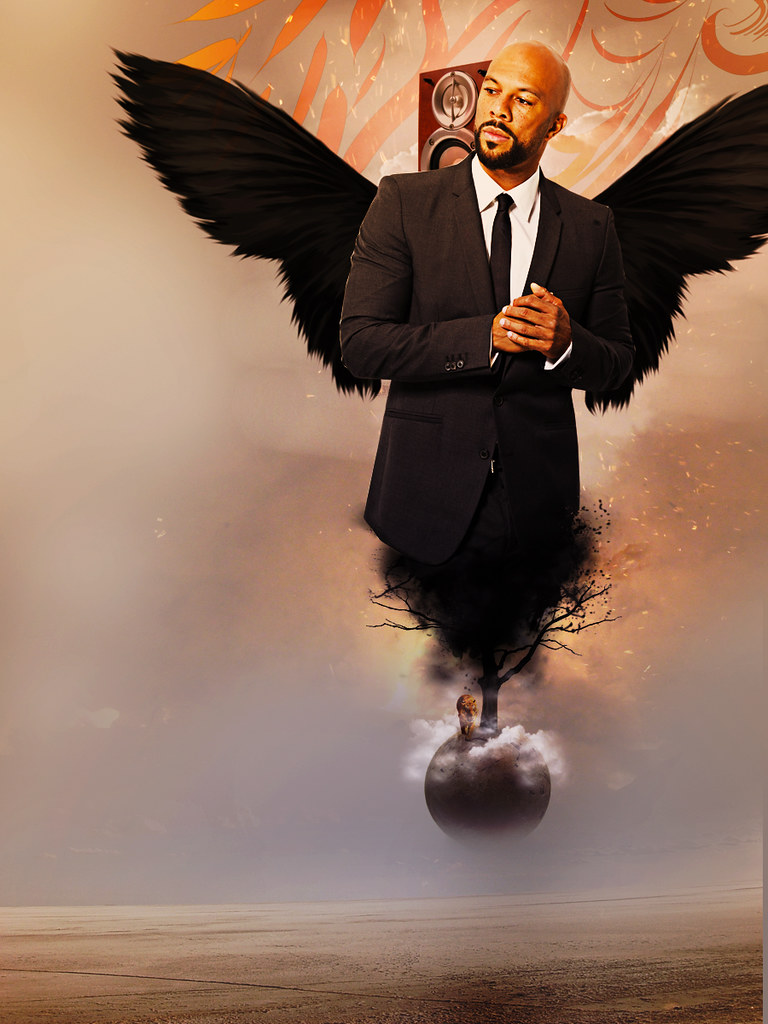
2. From Common Sense to Common: The Battle that Forged a Name
Common’s journey into hip-hop began in the late 1980s as a student at Luther High School South in Chicago, forming a rap trio, C.D.R., that even opened for N.W.A. By 1991, he launched his solo career as Common Sense, debuting in 1992 with “Take It EZ” and the album “Can I Borrow a Dollar?”. His real breakthrough, however, arrived with 1994’s “Resurrection,” an album that earned critical acclaim beyond Chicago and cemented his reputation as a thoughtful lyricist, largely thanks to his long-time production partner, No I.D.
Yet, not all was smooth sailing. The song “I Used to Love H.E.R.” from “Resurrection,” which metaphorically criticized hip-hop’s trajectory, ignited a feud with West Coast rap group Westside Connection. They responded with “Westside Slaughterhouse,” prompting Common Sense to fire back with “The Bitch in Yoo.” This back-and-forth escalated until Louis Farrakhan intervened, bringing the artists together to finally set aside their dispute.
Adding to the challenges, following “Resurrection’s” popularity, Common Sense faced a lawsuit from an Orange County-based reggae band with the same name. This legal hurdle ultimately forced him to shorten his moniker to simply Common. Born out of necessity, this simplification marked a new chapter, officially ushering in the iconic name that would define his multifaceted career.
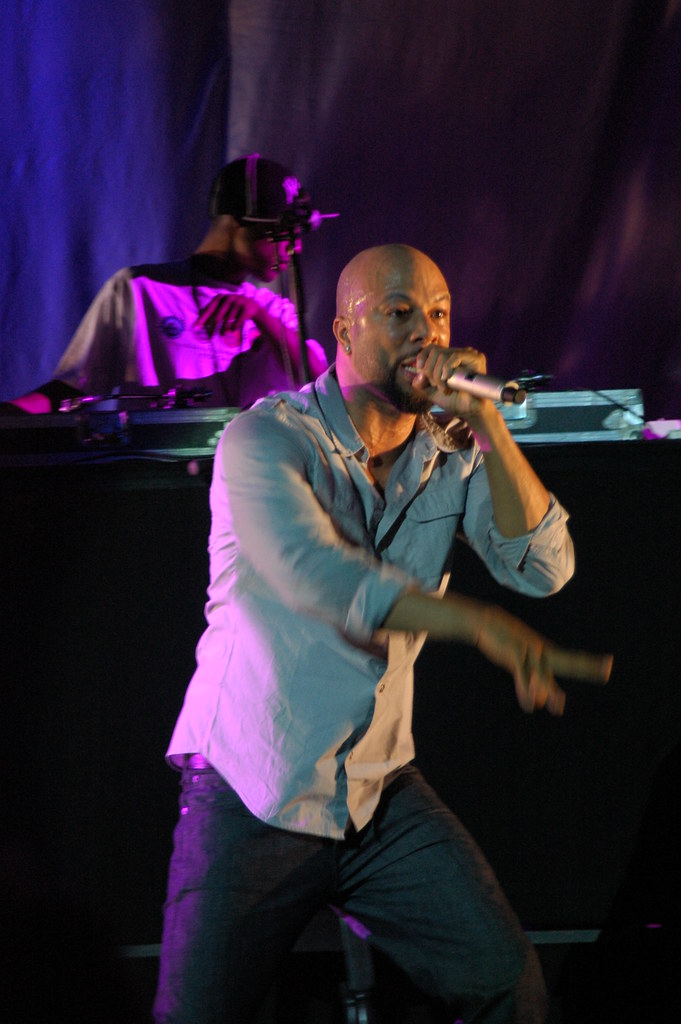
3. A New Sense of Purpose: Fatherhood and “One Day It’ll All Make Sense”
Common’s third album, “One Day It’ll All Make Sense,” released in September 1997 after a two-year production journey, marked a profound turning point. This album was a collaborative masterpiece, featuring Lauryn Hill, De La Soul, Q-Tip, and Questlove. Notably, it consciously “eschewing any gangsterism,” further solidifying Common’s unique artistic lane and addressing questions about his musical integrity.
The album’s creation was deeply intertwined with a transformative personal event: the birth of his first child, daughter Omoye Assata Lynn, shortly after its release. This impending fatherhood had a truly “profound spiritual and mental effect” on Common, enabling him to grow musically and become “more responsible as an artist,” as documented by hip-hop journalist Raquel Cepeda. It wasn’t just an album; it was a reflection of a man coming into his own.
This newfound perspective is most powerfully articulated in “Retrospect for Life,” a track produced by James Poyser and No I.D., featuring Lauryn Hill. Cepeda highlights that “Rashid found out that he was going to become a daddy in about 8 months,” leading to “the composition of his favorite cut on One Day… that offers a male slant on abortion.” Common himself reflected, “when I listen to the song now, I think about how precious her (Omoye’s) life is.”
Throughout the album, Common explicitly addresses “family ethics,” decorating the album sleeve with old family photos. It even includes a powerful quote from 1 Corinthians 13:11: “When I was a child, I talked like a child, I thought like a child, I reasoned like a child. When I became a man, I put childish ways behind me.” This quote perfectly encapsulates the album’s thematic core and Common’s personal evolution.
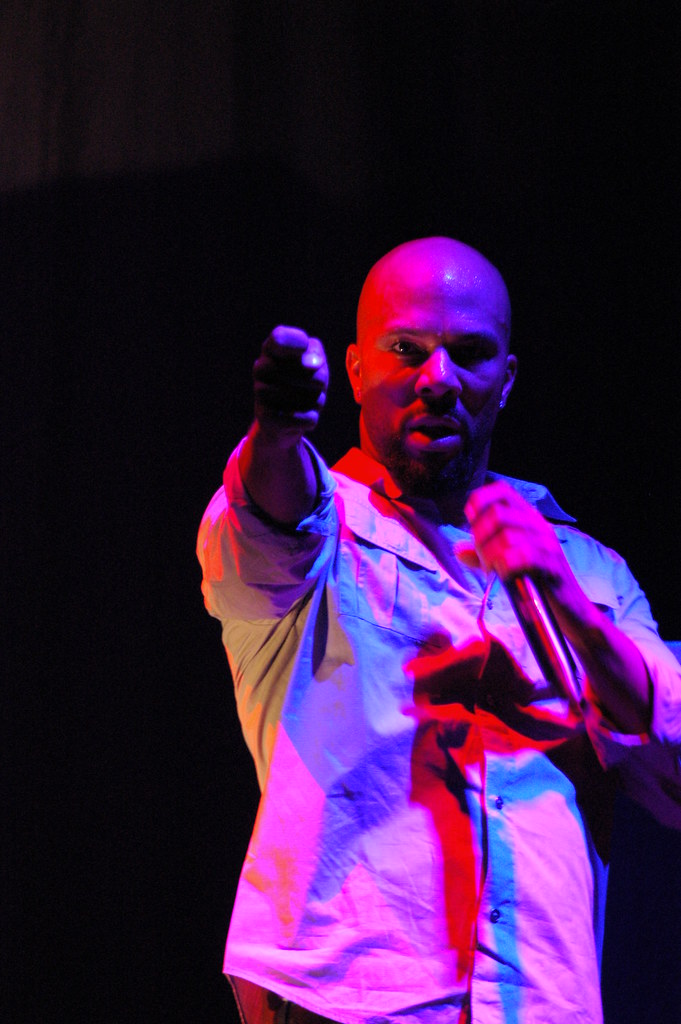
4. Diving into the Soulquarian Sound: “Like Water for Chocolate” and a Golden Era
Following the acclaim of “One Day It’ll All Make Sense,” Common signed with MCA Records, relocating from Chicago to New York City in 1999. This period marked a transformative chapter as he recorded almost exclusively with the “Soulquarians” collective, a breeding ground for innovative sound and collaborative genius, featuring luminaries from neo-soul and hip-hop.
The fruits of this creative synergy arrived in 2000 with his fourth album, “Like Water for Chocolate,” which received “mass critical acclaim.” Executive produced by Questlove, with significant contributions from J Dilla, this record was a “considerable commercial breakthrough for Common.” It earned him his first gold record and significantly expanded his fanbase among critics and listeners.
The chemistry between Common and J Dilla, both from the Great Lakes region, was undeniable. They became integral Soulquarians members, collaborating on numerous projects. “Thelonius” even appeared on both Slum Village’s “Fantastic, Vol. 2” and Common’s album. This period fostered a deep bond, with Dilla later asking Common to move to Los Angeles with him as a roommate as his health declined.
“Like Water for Chocolate” also saw Common exploring themes “uncommon for a hip-hop record.” “Time Travelin’ (A Tribute To Fela)” is a poignant homage to Nigerian music legend Fela Kuti, showcasing a global awareness. The album’s popular single, “The Light,” earned Common a Grammy Award nomination, solidifying his place as a force in the music industry.
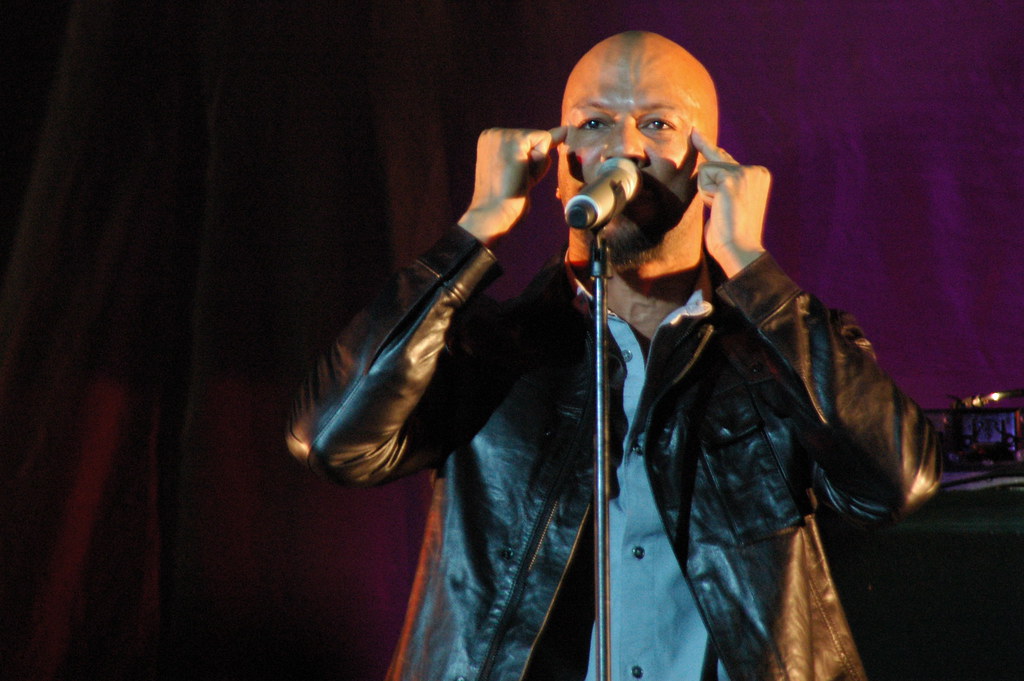
5. The Bold Experiment: “Electric Circus” and the Sound of Artistic Freedom
Anticipation for Common’s fifth album, “Electric Circus,” released in 2002, was incredibly high after “Like Water for Chocolate.” While it delivered on “ambitious vision,” it didn’t achieve the same commercial success, selling under 300,000 copies. This chapter highlights Common’s readiness to prioritize artistic exploration over guaranteed mainstream appeal.
“Electric Circus” was a daring and “eclectic album” that fearlessly fused several genres, including hip hop, pop, rock, electronic, and neo-soul. This genre-bending approach was a clear departure from his earlier, more traditional hip-hop sound, pushing the boundaries of what a rapper could do and showcasing his musical curiosity.
The album’s experimental nature “tended to divide critics.” Some praised its audacious vision, recognizing Common’s bravery. However, others felt he had “strayed too far from his previous sound.” This polarization underscored the album’s bold statement: it served Common’s artistic instincts, not necessarily universal appeal.
This period marked the end of an era for Common; “Electric Circus” was his second and last album for MCA, which was soon absorbed into Geffen Records. Despite the mixed commercial response, the album showcased his deep musical connections, including an appearance on fellow Soulquarian Bilal’s “Love for Sale” album, and Bilal’s feature on “Electric Circus,” proving that meaningful partnerships continued.
Read more about: Beyond the Rhymes: Unpacking the Multifaceted Career and Enduring Impact of Common
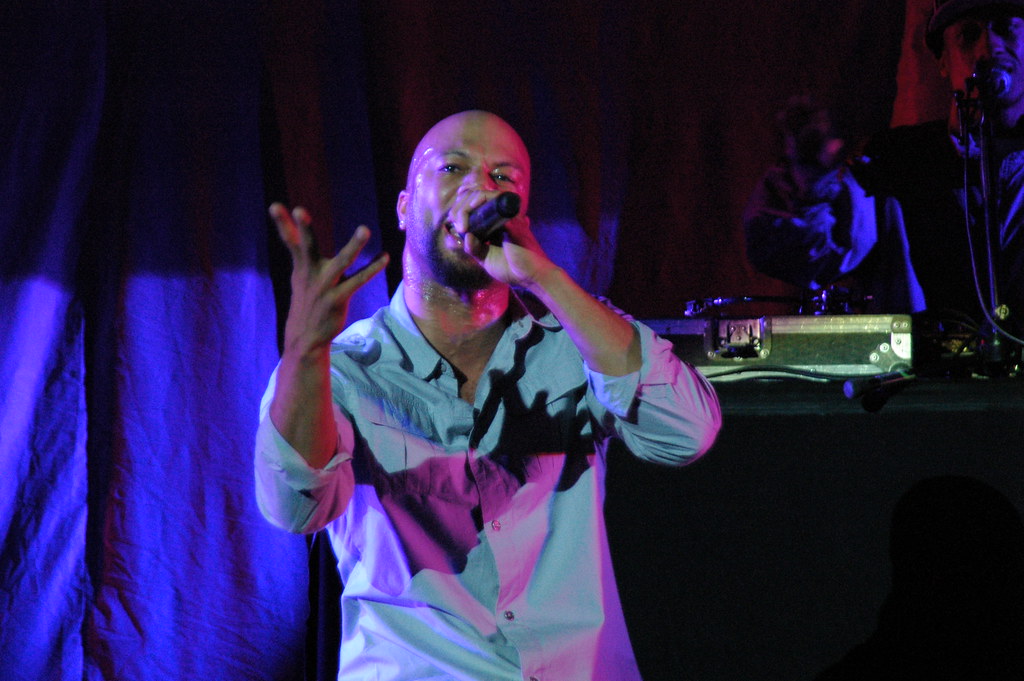
6. Joining Forces with Yeezy: The GOOD Music Era and the Genesis of “Be”
A new chapter for Common began in early 2004 with a significant appearance on fellow Chicagoan Kanye West’s multi-platinum debut album, “The College Dropout,” specifically on the track “Get Em High.” This guest spot heralded a major professional move as Common officially announced his signing to West’s then-newfound record label, GOOD Music. This partnership was a natural fit, given Kanye’s long-standing admiration for Common, a connection also highlighted by a memorable “friendly on-air MC battle” where West playfully “took jabs at his lyrical idol for ‘going soft’.”
The powerful alliance resulted in Common’s sixth album, “Be,” released in May 2005. This album was a masterclass, “almost entirely produced by Kanye West,” with invaluable contributions from Common’s longtime collaborator, J Dilla. “Be” didn’t just perform well; it soared, significantly boosted by Kanye’s heavy involvement and the strength of its singles, “The Corner” and “Go.”
“Be” quickly became a critical and commercial triumph, earning Common his “second gold record,” with sales eventually topping an impressive 800,000 copies. The album was universally lauded by critics, receiving a near-perfect 4.5 mic rating from The Source magazine, XXL magazine’s highest “XXL” rating, and 4 stars from AllHipHop. Its widespread acclaim was further recognized with four Grammy Award nominations in 2006, solidifying its place as a modern classic and a testament to the powerful synergy between Common and Kanye West.
However, this era also sparked a minor controversy. After “Be’s” release, some mixed-race artists from the UK hip-hop scene expressed concern over Common’s comments about interracial relationships on the song “Real People.” Artists like Yungun recorded “Dear Common (The Corner Dub)” in response. Common, however, stated he never listened to it and didn’t retaliate, demonstrating his calm demeanor even amidst criticism.

7. The “Finding Forever” Era: Chart-Topping Success and Grammy Glory
Following the triumph of “Be,” Common kept his artistic momentum soaring, returning to the studio with Kanye West and producers like Will.i.am and Karriem Riggins. This creative synergy built high anticipation among his growing fanbase for his next masterpiece.
His seventh LP, “Finding Forever,” released on July 31, 2007, proved pivotal. The album didn’t just earn critical acclaim; it debuted straight at No. 1 on the national Billboard 200 charts. This impressive feat cemented Common’s mainstream appeal and showcased his thoughtful lyrics and soulful beats.
“Finding Forever” also produced the Grammy-winning track “Southside,” featuring Kanye West, which proudly claimed the 2008 Grammy for Best Rap Performance by a Duo or Group. Common explained the title represented his “quest to find an eternal place in hip-hop” and his aspiration to remain an artist for life.
This period led to his eighth album, “Universal Mind Control” (2008). While receiving Grammy nominations, it marked his final album release under GOOD Music and experienced a critical decline. Despite this, it showcased an artist continuously exploring new sounds, even as his burgeoning acting career started demanding more attention.
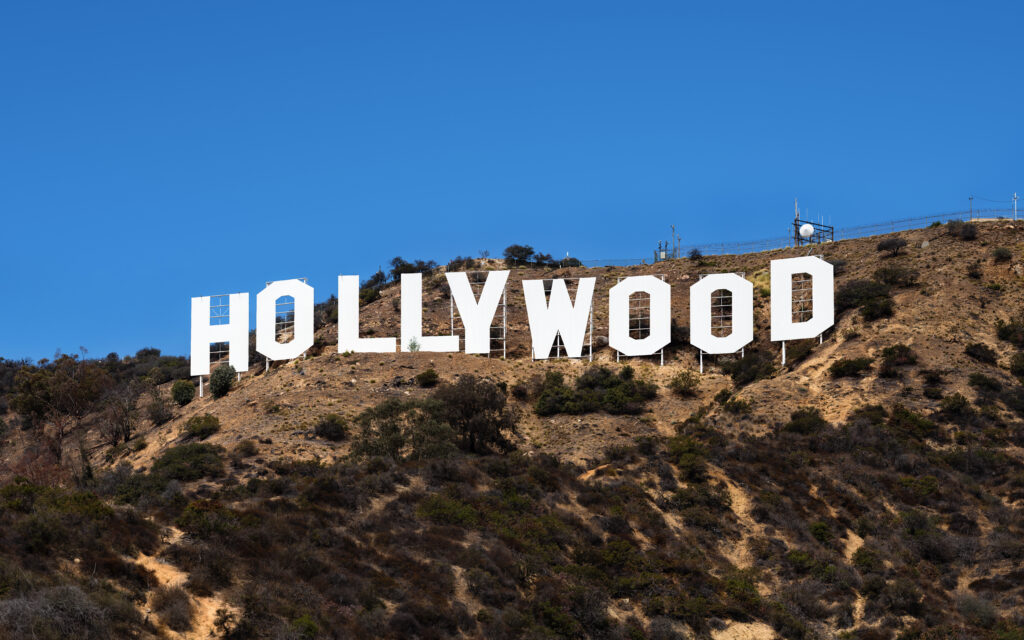
8. From Rapper to Actor: Conquering the Silver Screen and Beyond
Common wasn’t content merely dominating music; he was also making a significant splash in Hollywood! His on-screen journey began with charming guest appearances on TV shows like “Girlfriends” and “One on One” in 2003. These initial roles provided a glimpse into his expansive cinematic path.
His big-screen debut arrived in 2006 with “Smokin’ Aces” as the villainous Mob enforcer Sir Ivy. From there, his filmography rapidly grew, including roles with Denzel Washington in “American Gangster” (2007), Angelina Jolie in “Wanted” (2008), and Keanu Reeves in “Street Kings” (2008) and “John Wick: Chapter 2” (2017).
The 2010s solidified Common’s acting prowess, blending comedy with profound dramatic performances. He starred opposite Queen Latifah in “Just Wright” (2010) and brought charm to “Date Night” (2010). However, his poignant portrayal of civil rights leader James Bevel in “Selma” (2014) earned widespread acclaim and contributed to his Academy Award for Best Original Song with “Glory.”
His dramatic range continued in “Run All Night” (2015) and “Suicide Squad” (2016). Common also earned critical praise for “All About Nina” (2018) and played a significant part in “The Hate U Give” (2018). On television, he was a lead in AMC’s “Hell on Wheels” and more recently, a supporting role in Apple TV+’s “Silo,” confirming his enduring versatility.

9. Behind the Scenes: From Production Deals to Broadway Lights
Common’s creative ambition extends beyond performing; he’s a true visionary, shaping content from the ground up. In October 2015, he secured a two-year deal with HBO, leading to the launch of his own film production company, Freedom Road Productions. This fulfilled a long-held career goal, showcasing his determination to create compelling stories.
His production work includes serving as an executive producer for the 2016 direct-to-video feature “An American Girl Story – Melody 1963: Love Has to Win,” a collaboration with Amazon Studios. This highlights his commitment to producing content with cultural and social significance, broadening his media influence.
And for those who thought he’d explored every artistic avenue, he surprised us again! In September 2022, Common announced his Broadway debut in Second Stage Theater’s “Between Riverside and Crazy.” This acclaimed, Pulitzer Prize-winning play demonstrated his remarkable versatility, transitioning seamlessly from music and film to the esteemed New York theater stage.
Beyond creative productions, Common has also been a sought-after face for major brands. He modeled for The Gap, promoted New Era caps, and appeared in commercials for Lincoln Navigator and Microsoft’s Zune. He even launched his innovative “Softwear” clothing line with Microsoft in 2008, inspired by 1980s computing.

10. A Pen and a Platform: Author, Poet, and Voice for Change
Common’s artistic expression isn’t limited to music and acting; he’s also a powerful voice through the written word. First Lady Michelle Obama invited him to a White House poetry reading in May 2011. His poetry, influenced by Maya Angelou, offered a profound glimpse into his reflective thought.
However, this invitation sparked controversy, particularly from the New Jersey State Police, who cited lyrics from “A Song For Assata” and references to Mumia Abu-Jamal. Common addressed the furor, stating President Obama, while not endorsing the specific lyrics, supported his broader message. He clarified his unwavering support for police and troops.
In September 2011, Common published his memoir, “One Day It’ll All Make Sense,” through Atria Books. This deeply personal narrative highlighted the profound influence of his mother, Mahalia Ann Hines, who even co-narrated parts of the book, offering intimate insights into his journey.
He continued his literary path with his second memoir, “Let Love Have The Last Word,” released in May 2019. This book explored his relationship with his daughter Omoye, his romantic experiences, and his ongoing quest to define and embody the concept of love. Both memoirs reveal the thoughtful individual behind the celebrated artist.
Read more about: Beyond the Mic: 12 Uncommon Truths About Common’s Unforgettable Journey—Number 5 Will Inspire You!

11. Beyond the Mic: Activism, Advocacy, and Social Impact
Common’s commitment to social good shines brightly. A dedicated vegan, he passionately supports animal rights, partnering with PETA for campaigns like “Think Before You Eat.” This ethical stance deeply informs his public advocacy, showcasing his compassion for all living beings.
His advocacy extends to critical social issues, including HIV/AIDS awareness through the “Knowing Is Beautiful” movement. He actively engaged in political discourse, notably lending his voice to the “Yes We Can” video in support of Barack Obama’s 2008 presidential campaign. He publicly pledged to eliminate anti-gay lyrics from his music, reaffirming his dedication to inclusivity.
In 2011, Common established the Common Ground Foundation, a non-profit dedicated to empowering underprivileged youth through programs focusing on leadership, education, and creative expression. The foundation also launched the AAHH! Fest music festival in Chicago, fostering community and culture.
Inspired by performing in California prisons, Common founded Imagine Justice in 2017. During the COVID-19 pandemic, Imagine Justice initiated the #WeMatterToo campaign, collaborating with advocacy groups to highlight the pandemic’s threat to incarcerated individuals.
His activism continued with “#Bars4Justice,” “March for Our Lives,” and performances for the 50th anniversary of Martin Luther King’s death. Most recently, he supported the Kamala Harris 2024 presidential campaign, performing at the Democratic National Convention, embodying an artist who strives to make a tangible, positive impact.
Read more about: Kim Kardashian’s Unstoppable Reign: Tracing the Path to Her $1.7 Billion 2025 Empire

12. The Evolving Artist: Later Albums and Collaborative Triumphs
After leaving GOOD Music in 2011, Common forged a new path by founding Think Common Entertainment. His ninth solo album, “The Dreamer/The Believer” (2011), marked this fresh start with No I.D. as sole producer. The album sparked a brief feud with Drake, which Common quickly diffused, calling it “the art of hip hop.”
His journey continued with Artium Recordings and Def Jam, leading to “Nobody’s Smiling” (2014), which powerfully addressed Chicago’s violence as a “call to action.” His eleventh album, “Black America Again” (2016), received widespread acclaim, exploring social themes with Stevie Wonder and John Legend, showcasing his commitment to conscious artistry.
Common’s collaborative spirit soared in 2018 with the jazz group August Greene (Karriem Riggins, Robert Glasper). Their self-titled album, released with Amazon Music, showcased a beautiful genre fusion featuring Brandy Norwood, highlighting his continuous musical exploration beyond traditional hip-hop.
His prolific output continued with “Let Love” (2019), followed by “A Beautiful Revolution Pt. 1” (2020) and “A Beautiful Revolution Pt. 2” (2021). These albums, largely produced by Karriem Riggins, further deepened his narrative on social themes with an array of guest artists.
The artistic journey shows no signs of stopping! In 2024, the highly anticipated collaborative album “The Auditorium Vol. 1” with Pete Rock was announced. Its first single, “Wise Up,” has garnered millions of streams and earned a Grammy nomination, affirming Common’s enduring relevance. He also received an honorary DFA degree from FAMU (2019) and was featured in Men’s Health’s Hip-Hop 50th Anniversary edition (2023).
And there you have it, folks! From the vibrant streets of Chicago to the bright lights of Hollywood and the impactful halls of activism, Lonnie Rashid Lynn, our incredible Common, has woven an extraordinary tapestry of artistry, integrity, and unwavering purpose. His journey isn’t just a series of accomplishments; it’s a living testament to the power of authentic self-expression and a relentless pursuit of betterment. He’s not just an artist; he’s a visionary, a truth-teller, and a genuinely inspiring figure who reminds us all to dream big, speak our truth, and always, always let love have the last word. What an incredible legacy—and we can’t wait to see what amazing things he’ll do next!



